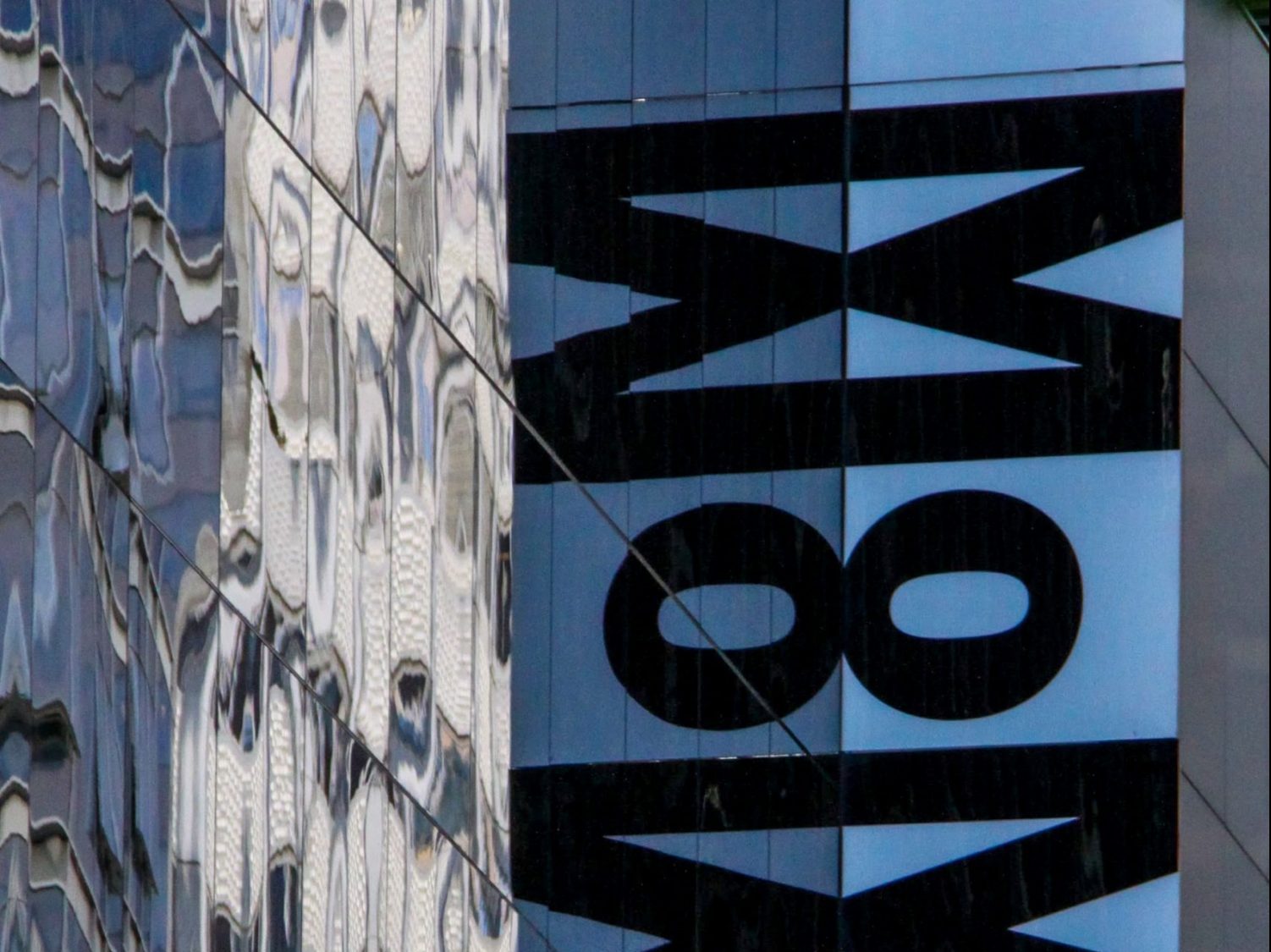Brought to fruition by famed fashion publicist Eleanor Lambert in 1948, the Met Gala (originally called the Costume Institute Gala until 1995) is a shining annual event in America’s fashion world. Second in fame only to the exclusive New York Fashion Week, which Lambert also founded, the Met Gala is a costume benefit for the Costume Institute of the Metropolitan Museum of Art held on the first Monday of May.
Heavenly Bodies: Fashion and the Catholic Imagination (2018)
The Met Gala is no stranger to controversy and the event’s 2018 theme, “Heavenly Bodies: Fashion and the Catholic Imagination,” despite being perfectly executed with not one person out of costume, offers a perfect example. To its credit, “Heavenly Bodies’ is a fairly straightforward concept and although centuries of Catholicism have influenced countless aspects of global history and culture, somehow missing the dress code is a cardinal fashion sin in itself.
At the risk of sounding blasphemous, the Catholic Church thrives on an aesthetic of godliness, and in certain ways, is inextricably linked with the idea of fashion. The Roman Catholic vision of worship, especially in modern American culture, urges practitioners to look their best as a symbol of reverence and respect toward a higher power. From the intricately embroidered stoles worn by priests, to the stark-white vestments of the altar server uniform, to the religious significance behind a cardinal’s blood-red cassock, the sublimity of Catholic couture is what makes it unmistakably iconic.
The commodification of any religion is certainly problematic, and Catholicism faces the problem quite often. Although the Met’s Costume Institute features a Catholic fashion exhibition ostensibly meant to show religious appreciation, after the Met Gala board announced the theme, hundreds of fashion followers and Catholics voiced their distaste. To add salt to the wound, the Vatican itself collaborated with curators at the institute for the second time since 1983 and donated numerous pieces to the gala to put on display.
Camp: Notes on Fashion (2019)
Inspired by the essay “Notes on Camp” by American writer Susan Sontag, the 2019 Met Gala theme “Camp: Notes on Fashion” set the stage for a night of subversion and unconventional fashion.
The history of “camp” is only explainable through the lens of early queer culture. There is no one starting point for camp as the idea of camp is ever-evolving, but, if it was to be summed up as simply as possible, camp is the non-adherence to the conventions of society, not out of purposeful rebellion, but in a simple, apolitical fashion — an everyday inadvertent rebellion or the act of nonchalantly expressing oneself as if any of the reservations enforced by society never existed at all.
However, the fashion world is a Eurocentric, cisgender and heterosexual-dominated institution and suffers as a creative force because of the strict guidelines imposed by white-centric beauty standards. Although the camp theme provided an opportunity to escape, celebrities and designers upholding the sentiments of mainstream fashion prevented those who attended from breaking out of that mold and embracing the true meaning of camp.
The potential for “Camp: Notes on Fashion” to be a night of not only an exploration of the unknown but of appreciating the contributions of early LGBTQ+ activists like Marsha P. Johnson and Sylvia Rivera ultimately fell flat because of a misunderstanding of the meaning of camp, or in the case of Katy Perry, having the right idea and execution, but still missing the element of unintentional defiance.
In America: A Lexicon of Fashion (2021)
Inspired by a piece from Prabal Gurung’s 10-year anniversary collection — a sash imprinted with the quote, “Who Gets To Be American?” — the Costume Institute’s curators landed on the theme “In America: A Lexicon of Fashion” for the 2021 Met Gala.
Like every other major event, the spread of COVID-19 forced event planners to hit the brakes on any plans, current or future. Although planning out an outfit for a gala with a dubious future isn’t the main focus of everybody’s life in the middle of a pandemic, it’s not wrong to assume regular Met Gala attendees would be raring to show off after not going out for one stressful year. But from looking at the outfits on display, it looked like America’s famous lost their eye for design and fashionable coordination.
Fashion in America is currently at the mercy of fast fashion and the even faster-moving trends spurred on by social media platforms like TikTok. In classic American fashion, the variety of choices mixed with the vagueness of the theme and the Black Lives Matter protest set to occur during the gala, broke down the public’s rose-colored view of the star-studded event. The Black Lives Matter protest wasn’t the only political statement made — Representative Alexandria Ocasio-Cortez wore a white, floor-length dress with “Tax the Rich” painted in red on the back, an ironic statement given that only the rich and influential are allowed to buy tickets to the Met Gala, tickets whose proceeds go back into the Costume Institute rather than the general public.
In America: An Anthology of Fashion (2022)
Celebrities who failed to adhere to last year’s Met Gala dress code could place the blame on the pandemic, but the volume of people that horrifically misunderstood the theme “gilded glamour” is inexcusable.
The 2022 Met Gala theme “In America: An Anthology of Fashion” is the successor to the previous year’s theme and is similarly controversial. The Gilded Age in American history marked the era between 1870 and the early 1900s, where the nation’s rich lived in opulence on the backs of the labor produced by the hands of the impoverished. The irony of naming the theme after the Gilded Age is a perfect example of how out-of-touch the upper class has become and how little celebrities whose careers depend on the support of their fans care for them.
So, if America’s fashion elite is going to play dress-up while younger generations are struggling to afford rent and women are slowly losing their rights and global warming is spiraling toward irreversible status, they could at least put in a sliver of effort.

















